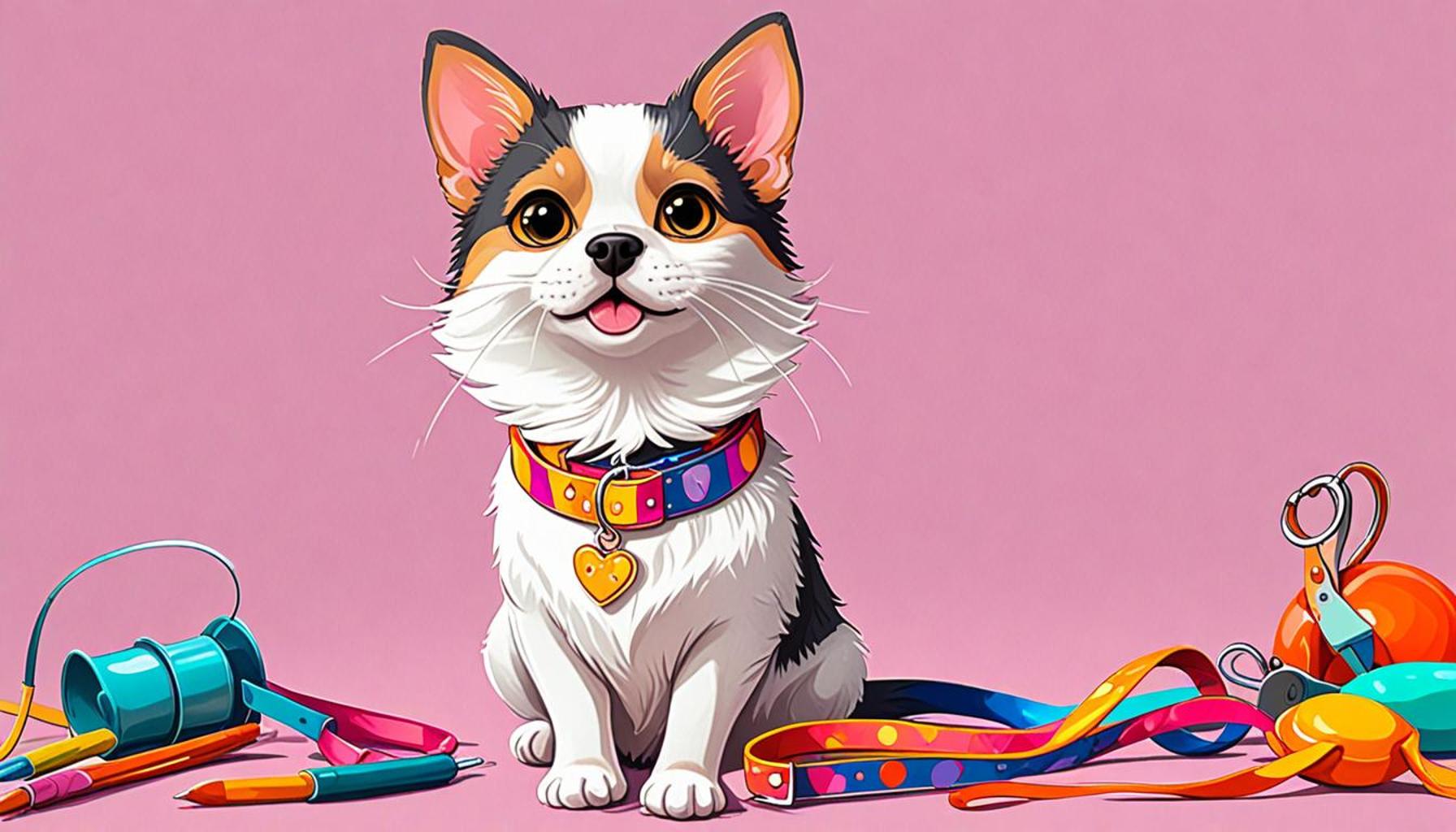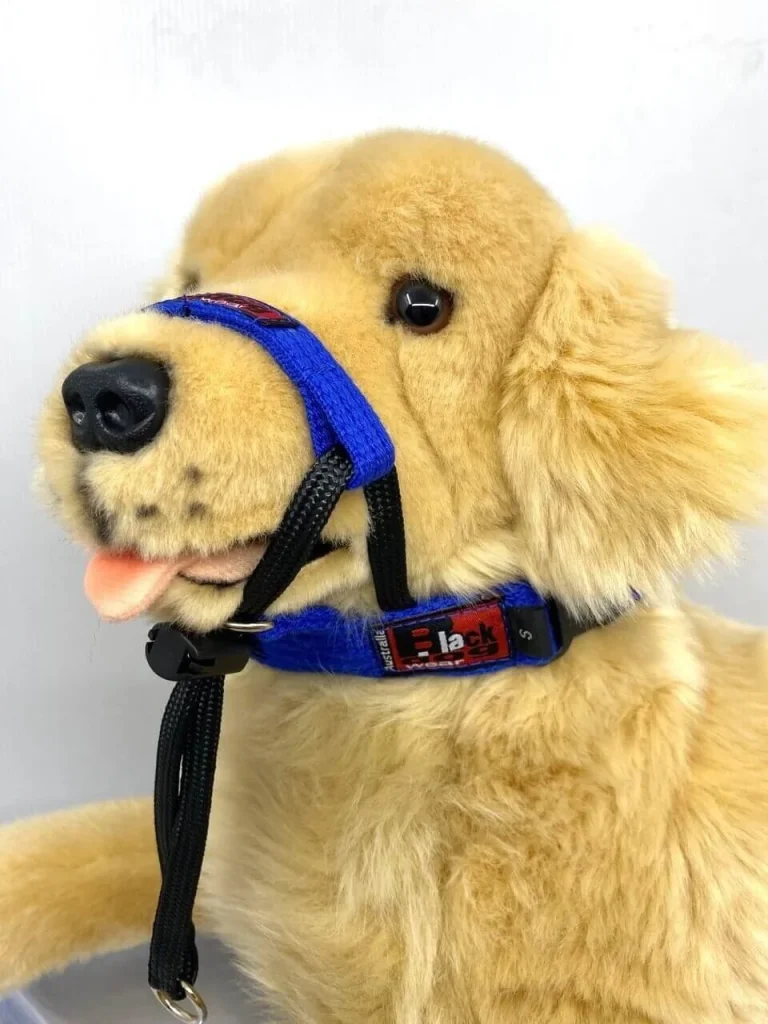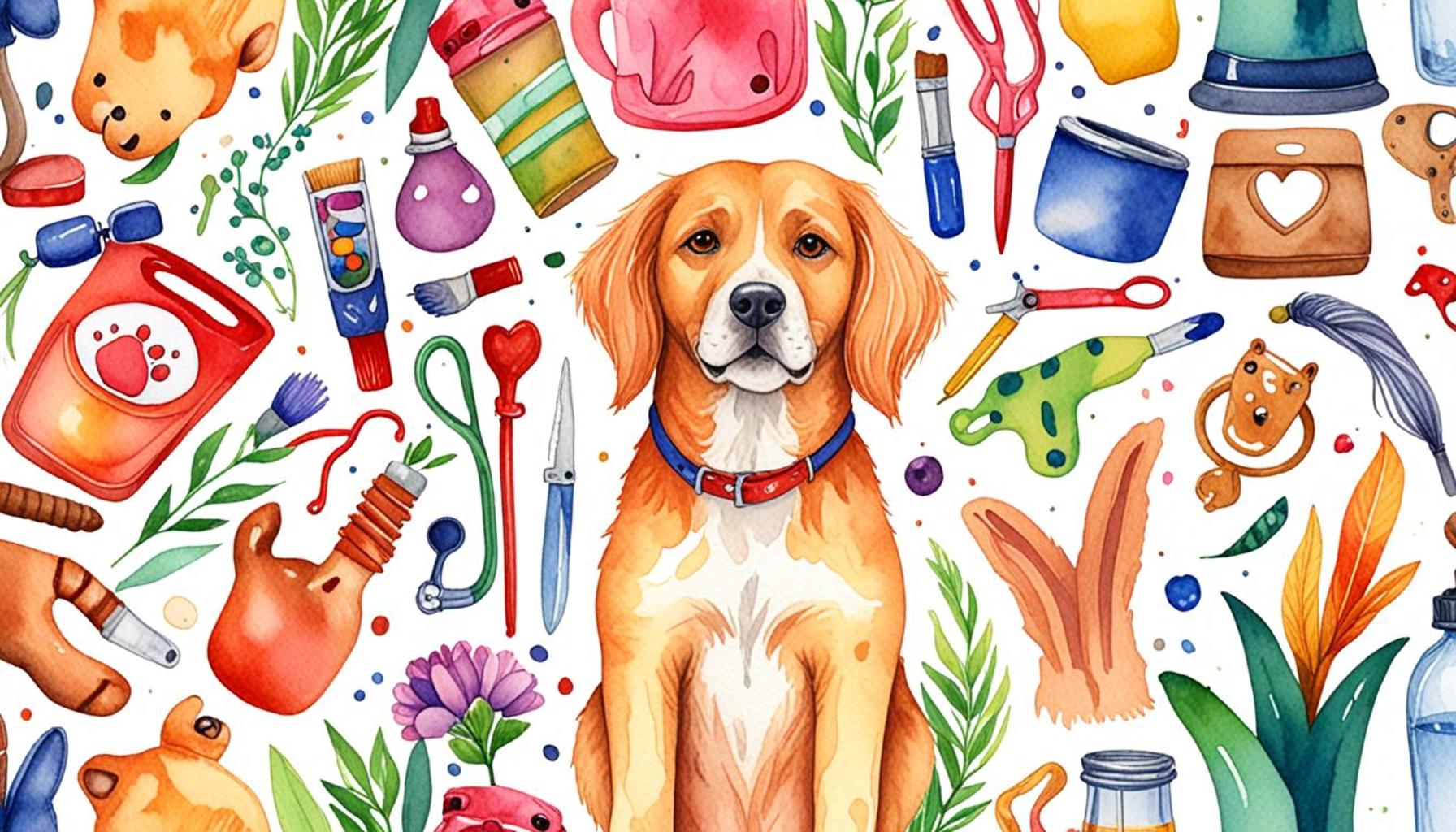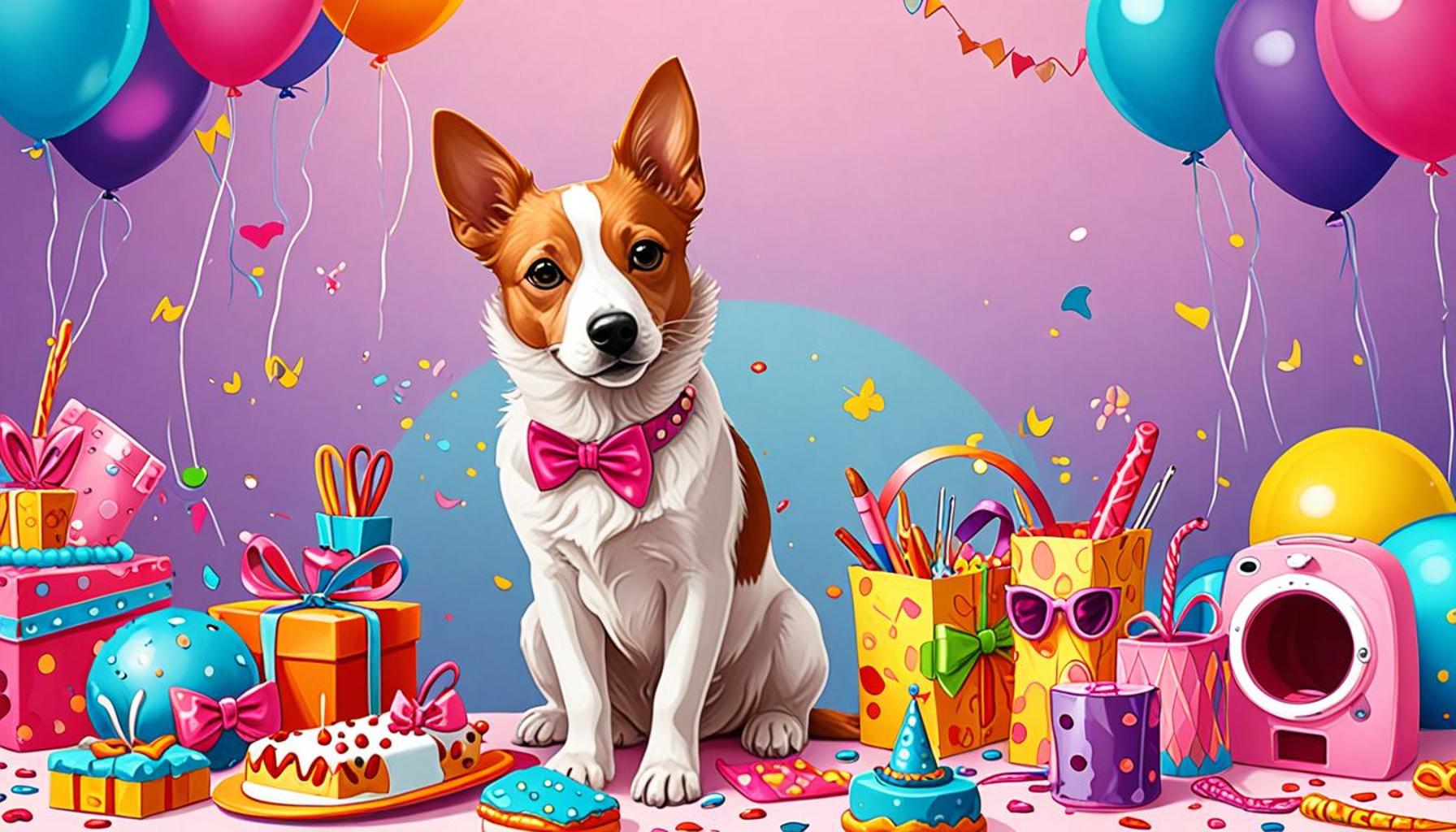How to Choose the Perfect Collar for Your Pet: Style and Comfort First

The Impact of Choosing the Right Collar
When it comes to our beloved pets, ensuring their comfort and safety is paramount. One often-overlooked aspect of pet care is the choice of collar, which serves as more than just a functional accessory. It’s an integral part of their lifestyle and can influence their overall well-being. With an expansive array of options available—ranging from trendy to traditional—making the right selection can be a daunting task for pet owners.
Key Features to Consider
Understanding the multifaceted roles that collars play is essential when selecting the best one for your pet. Here are some key features to examine:
- Material: Collars come in various materials—each offering distinct advantages. Nylon collars are often lightweight and durable, making them suitable for active dogs, while leather collars provide a classic and long-lasting option. Cotton collars are soft and gentle on the skin, making them great for pets with sensitive necks.
- Fit: Proper fit is critical for both comfort and safety. A collar that is too tight can cause chafing while a loose collar might easily slip off. To find the right size, measure your pet’s neck with a flexible tape measure and ensure there’s room for at least two fingers between the collar and the neck.
- Style: A collar is a canvas for self-expression—exploring vibrant colors, patterns, and designs can help reflect your pet’s unique personality. Consider options that can even display your contact information. Personalized collars can act as an extra safeguard against lost pets.
The Balance of Style and Comfort
Finding the equilibrium between aesthetic appeal and practical use is essential when choosing a collar. While you may be tempted to opt for a flashy design, it should never come at the cost of your pet’s comfort. A well-designed collar should allow for freedom of movement and should not irritate the skin. Investing time in selecting a collar that is both visually stunning and comfortable can enhance your pet’s day-to-day life.
Throughout this guide, you’ll gain insight into the myriad collar types available, as well as tips for making the most informed decision for your furry friend. From understanding specific needs related to various breeds to knowing the potential for collar-related injuries, being well-informed can ultimately lead to a collar choice that satisfies both you and your pet’s lifestyle. Take a moment to consider your options carefully—because the right collar is not just about looks; it’s about creating a safe and happy environment for your cherished companion.
DISCOVER MORE: Click here for a comprehensive adoption guide

Exploring Different Collar Types
As you embark on the journey of choosing the perfect collar for your pet, it’s vital to understand the various collar types available on the market. Each collar serves a distinct purpose and offers a unique set of features tailored to specific needs and preferences. Here’s a closer look at the most common collar types to help you make an informed decision:
- Flat Collars: The classic choice for most pet owners, flat collars are versatile and come in a variety of materials and designs. They are suitable for everyday use and can hold identification tags and licenses. However, due to their standard structure, they may not be the best option for dogs that pull on leashes.
- Martingale Collars: Ideal for training and breeds with slim necks, martingale collars feature a unique design that gently tightens when pulled, preventing escape without choking. They provide better control for strong pullers, making them suitable for training purposes, all while maintaining comfort and style.
- Choke Chains: Often used in training, choke chains are controversial. While they can be effective when used correctly by experienced handlers, they pose risks for injury and discomfort if misused. These collars should only be employed under professional guidance.
- Harnesses: Although not a traditional collar, harnesses are an alternative worth considering, especially for pets prone to neck injuries, such as small or brachycephalic breeds. They distribute pressure across the body and provide better control, making walks a more pleasant experience.
- Reflective Collars: For night-time adventures or dimly lit environments, reflective collars are a game-changer. These collars enhance visibility, offering an added layer of safety for nighttime strolls and ensuring you can spot your furry friend even in low light conditions.
Understanding Your Pet’s Lifestyle
When selecting the perfect collar, it’s essential to consider your pet’s lifestyle and specific needs. For instance, if your dog loves exploring the great outdoors, a durable collar that withstands wear and tear is a must-have. Conversely, if your pet enjoys lounging at home, a soft, lightweight collar may suffice.
Additionally, breed characteristics can play a significant role. For example, small breeds may require lighter materials to avoid discomfort, while larger breeds may benefit from sturdier designs that can handle their strength. Knowing the physical and behavioral traits of your pet can significantly influence your collar choice.
Furthermore, observe how your pet responds to their collar—do they seem comfortable, or do they frequently scratch at it? Allowing your pet to express their preferences can lead to a collar that not only looks good but also feels good.
In conclusion, the process of selecting the perfect collar for your pet is an adventure in itself. By examining the various collar types and understanding your pet’s lifestyle and needs, you’ll be better equipped to find a collar that harmonizes style and comfort. In the next section, we will explore tips on incorporating safety features to ensure your furry friend is not only chic but also secure.
| Category | Characteristics |
|---|---|
| Material Selection | Choosing durable yet comfortable materials can prevent skin irritation and provide better wearability for your pet. |
| Adjustability | An adjustable collar ensures a perfect fit, adapting as your pet grows or gains/loses weight, promoting long-term use and comfort. |
| Style Variety | From classic designs to modern and trendy patterns, the style of the collar can reflect your pet’s personality and your aesthetic preferences. |
| Safety Features | Features such as breakaway clasps or reflective materials can enhance your pet’s safety during outings, giving you peace of mind. |
When selecting a collar, the focus should not only be on how it looks but also on how it contributes to your pet’s overall comfort. Materials like nylon or leather offer different benefits, with nylon being lightweight and waterproof, while leather provides durability and style. Ensuring the collar is adjustable helps accommodate any changes in size, ensuring your pet’s comfort over the years. For style, there’s no shortage of options available on the market—from vibrant colors to unique patterns, choosing a collar can be a fun reflection of your pet’s personality. Additionally, incorporating safety features like reflective strips can protect your pet, especially during nighttime walks. By combining style and functional benefits, the right collar can elevate your pet’s appearance while prioritizing their comfort and safety.
LEARN MORE: Click here for insights on balanced nutrition
Material Matters: Choosing the Right Fabric
Beyond the type of collar, the material it’s made from significantly affects both style and comfort. When selecting a collar for your pet, it’s important to choose a material that complements their lifestyle while ensuring ultimate comfort. Here are some common materials you’ll encounter:
- Nylon: A popular choice due to its durability and resistance to fraying, nylon collars come in a variety of colors and patterns. They’re lightweight, making them a good option for all breeds, especially those who enjoy an active lifestyle. However, they can sometimes irritate sensitive skin, so consider checking for any signs of discomfort.
- Leather: Known for its classic appeal, leather collars are stylish and, when treated properly, quite durable. They offer comfort and break in over time, allowing for a personalized fit. However, leather collars may require maintenance, such as conditioning to prevent cracking, and can be on the expensive side.
- Neoprene: Commonly found in dog collars designed for water activities, neoprene is a soft material that dries quickly and provides cushioning. If your pet enjoys swimming or going to the beach, a neoprene collar can enhance their experience while ensuring comfort.
- Cotton: Soft, breathable, and often machine washable, cotton collars are an excellent choice for pets that are prone to overheating. They usually come in vibrant patterns and colors, allowing for a perfect blend of style and comfort. Yet, they may not be as durable as nylon or leather options for more active pets.
Fitting Your Pet: The Importance of Sizing
Once you’ve established the type and material of the collar, it’s critical to ensure a proper fit. A misfit could lead to discomfort or create a safety hazard. To achieve a snug yet comfortable fit, here are some steps to follow:
- Measure Your Pet’s Neck: Use a flexible measuring tape and measure around the base of your pet’s neck. Ensure that you can fit two fingers between the collar and your pet’s neck to prevent irritation.
- Consider Adjustable Collars: Adjustable collars are ideal, as they allow growth and changes in weight. This can be especially vital for puppies or younger pets who are still growing.
- Assess Different Styles: Take into account the breed and physical features of your pet. Some breeds may have large necks compared to their body size, necessitating a specific style of collar that accommodates their unique proportions.
- Check Comfort Level: After fitting the collar on your pet, observe their behavior. Do they seem at ease, or do they scratch at the collar? A comfortable collar will allow your pet to move freely without irritation.
Understanding the diverse materials available and ensuring proper sizing are pivotal steps in selecting the perfect collar for your pet. Each detail contributes to the overall experience and can dramatically affect your pet’s comfort and style. The next section will delve into essential safety features that should accompany your collar choice to keep your furry friend secure.
DON’T MISS OUT: Click here to learn more
Final Thoughts on Selecting the Ideal Pet Collar
In conclusion, choosing the perfect collar for your pet is a combination of style, comfort, and functionality. As we’ve explored, the variety of materials—whether it be nylon, leather, neoprene, or cotton—each comes with unique benefits that cater to different lifestyles and preferences. Your pet’s activity level, sensitivity, and even personality should guide your decision, ensuring that their collar reflects their individuality while prioritizing their well-being.
Moreover, the importance of a proper fit cannot be overstated. A collar that is too tight or too loose can cause discomfort and potentially lead to safety risks. By carefully measuring your pet’s neck, exploring adjustable options, and observing their behavior with the collar on, you can ensure a fitting choice that enhances their overall happiness.
Furthermore, don’t forget to consider safety features such as breakaway clips or reflective materials that can add an extra layer of protection during walks. Exploring collars with personalized touches can also allow for a unique flair that suits your pet’s style.
With all these factors in mind, it’s clear that investing time in selecting the right collar not only showcases your pet’s personality but also contributes to their comfort and safety. As you embark on this journey of finding the ideal collar, remember that it’s about striking the right balance between functionality and fashion. Happy collar hunting!


